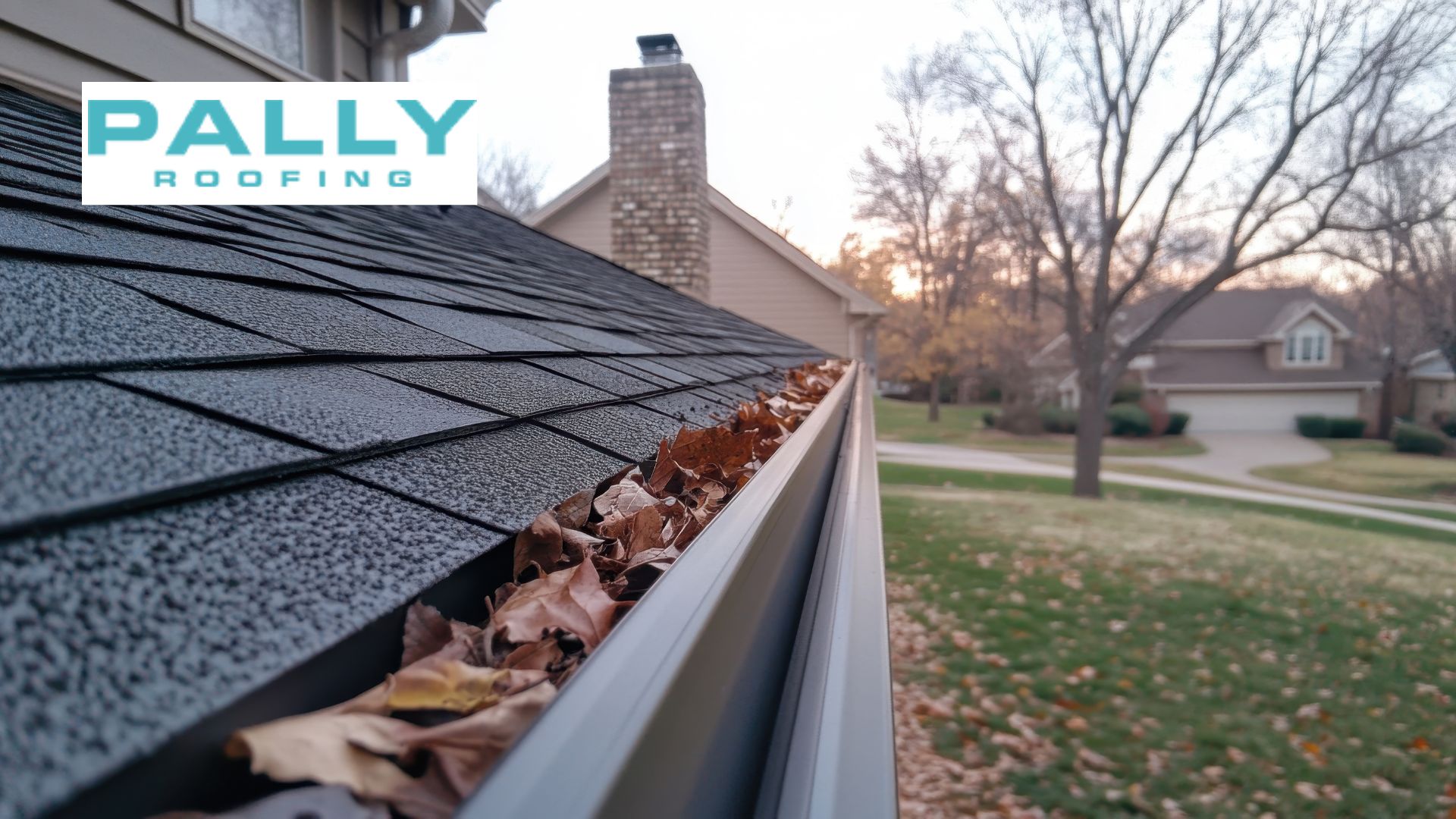Choosing the right shingles is important for your roof’s durability and protection against the weather. High-quality impact-resistant shingles are a barrier against rain, wind, and hail, making impact-resistant. It’s important to be prepared in areas that often experience severe weather.
This article will explore the differences between Class 3 vs. Class 4 shingles. We help homeowners make informed decisions that meet their specific needs.
Table of Contents
Why Impact Resistance is Important
Impact-resistant shingles are tested to meet the UL 2218 standard. This testing checks how well they can resist hail and other impacts. Choosing these shingles helps your roof withstand tough weather, reduces the chance of damage, and lowers future repair costs.
What Are Class 3 Shingles?
Class 3 shingles are designed to provide moderate impact resistance and are suitable for areas with mild weather. They can endure impacts from steel balls that are 1.75 inches wide and resist winds up to 60 mph. They are a cost-effective choice for homeowners in these climates.
Benefits of Class 3 Shingles:
- Cost-Effective: Great for homeowners who want to save money.
- Adequate Protection: Best for places with mild weather.
- Reliable Performance: This product protects against common weather conditions without high costs.
- Insurance Discounts: Some areas offer Class 3 shingles insurance discounts based on the impact-resistant roof classification.
If you want to explore the benefits of shingle roofing further, check out this article: Benefits of Shingle Roofing.
What Are Class 4 Shingles?

Source: assets.noviams
Class 4 shingles offer superior impact resistance; shingles are a great option for homes often facing hail or severe weather. They can resist impacts from steel balls up to 2 inches wide due to thorough testing and certification, such as the UL 2218 class 4 shingles certification.
Key Features of Class 4 Shingles:
- Exceptional Durability: Built to handle severe weather.
- Long-Term Protection: Lasts longer than lower-quality shingles.
- Insurance Benefits: Many companies provide Class 4 shingles insurance discounts due to their superior protection. This is especially common in states like Texas, where hail-resistant roof shingles are in high demand.
Class 3 vs Class 4 Shingles: Key Differences
When choosing roofing shingles, it’s important to know about impact resistance classifications, especially Class 3 and Class 4. These classes follow the UL 2218 standard, which tests how well a shingle can resist hail and other impacts. Here’s how Class 3 and Class 4 are different:
Understanding these differences can help you make a more informed decision for your home’s roofing needs. For more information on how shingles work in different weather conditions, read about shingling in the rain.
What Is The Difference Between Class 3 And Class 4 Shingles For Roofing?
Class 3 shingles offer moderate impact resistance, ideal for mild climates. In contrast, Class 4 shingles provide strong protection and are great for areas that often experience severe weather, like hail and strong winds. Class 4 shingles are particularly beneficial for hail-resistant roof shingles in areas like Texas.
Which Shingle Is Right for You?
Choosing between Class 3 and Class 4 shingles depends on your needs, budget, and location. Determining which shingle class suits your needs depends on several factors. Here’s how to decide:
Choose Class 3 Shingles If:
- You live in an area with mild to moderate weather and some hail.
- You are looking for an affordable roofing option.
- Your insurance does not provide discounts for stronger shingles.
- You plan to sell your home soon and want a cost-effective upgrade.
Choose Class 4 Shingles If:
- You live in an area with severe weather, like hailstorms, strong winds, and heavy rain.
- You want a durable, long-lasting roof that needs little maintenance.
- You are looking for insurance discounts for impact-resistant roofing.
- You are ready to pay more upfront to avoid high repair and replacement costs later.
- Your main goals are longevity and peace of mind, especially in places with unpredictable weather.
- If your region is prone to hail or extreme weather, selecting Class 4 shingles may be wise due to their superior hail resistance and high-impact roof shingles performance.
Key Considerations:
- Climate: Class 4 shingles are safer if you often experience hail or strong winds.
- Budget: Class 3 shingles are cheaper to buy initially, while Class 4 shingles offer better value over time.
- Insurance: Check with your provider to determine if Class 4 shingles can get you an insurance discount.
Talk to a professional roofing service for advice that fits your specific needs. Companies like Pally Roofing Services offer expert guidance when choosing between Class 3 and Class 4 shingles.
Should I Choose Class 3 or Class 4 Shingles For My Roof?
If you live in an area that often has severe weather or hail, it’s important to prepare. Class 4 shingles may be the better choice due to their high-impact roof shingles durability. If you live in an area with mild weather, Class 3 shingles will provide effective protection at a lower cost.
How Pally Roofing Ensures Top-Notch Shingle Installation
Proper installation is crucial for maximizing shingle performance and warranty coverage. Pally Roofing employs certified professionals trained in installing Class 3 and Class 4 shingles, ensuring peak performance and durability.
Pally Roofing Advantages:
- Extensive Experience: I have more than 15 years of experience in the roofing industry.
- Expert Recommendations: Get personalized advice based on your home and budget.
- Customer Satisfaction: We are committed to providing quality service and guaranteeing customer satisfaction.
Learn more about the roofing process with our guide on how many bundles of shingles in a square.
Do I Get An Insurance Discount For Using Class 4 Shingles?
Many insurance companies offer a Class 4 shingles insurance discount. You can get a discount because these products offer better protection against severe weather. This discount is often available in areas that experience a lot of storms and hail, like Texas.
Conclusion
Understanding the differences between Class 3 and Class 4 shingles is the right roofing material for your home. Whether installing a new asphalt shingle roof or replacing your current one, carefully consider your specific needs. Each class offers different advantages. If you have questions, our experts at Pally Roofing Services are here to help!
Ready to upgrade your roof with durable, impact-resistant shingles?
Contact Pally Roofing and contact us today for a free consultation and expert installation. We have over 15 years of experience. In roof replacement services and shingle installation in Ohio!
If you’re considering enhancing your roof’s appearance, check out the popular roof shingle colors. Also, if you’re curious about whether you can you paint roof shingles, find out more.
Frequently Asked Questions
What Are The Best Impact-Resistant Shingles For Severe Weather?
Some of the best impact-resistant shingles for severe weather include brands like Owens Corning Duration Flex shingles, Atlas impact-resistant shingles, and CertainTeed impact-resistant shingles. These shingles are rated for extreme weather conditions and offer exceptional durability.
Author
-

With more than 16 years of hands-on experience, Phillip Schmucker is the knowledgeable owner of Pally Roofing. His dedication to superior roofing services has earned him a reputable place in the industry. Phillip also shares his extensive expertise through writing, providing readers with practical tips and professional advice on various roofing topics. Follow him on LinkedIn.
View all posts






